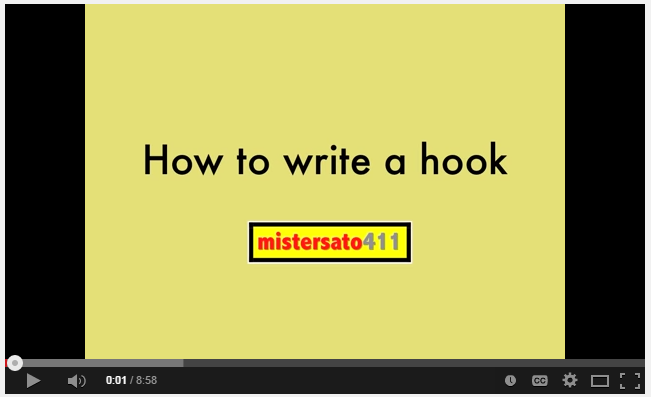How can we write our own insightful theme statements?
Think of this theme exercise like a snowball that starts out small and builds to something great and unexpected because of the help from our peers.
What is theme? and How do I find theme in a literary work? Watch this "How to find Theme" to answer these questions.
Follow these simple steps to create an interesting theme statement:
- Read the entire text. "Stamp Collector"
- Make a list of all the possible topics in the story.
- Identify the one subject that speaks loudest to you.
- Think, "what does the author want me to learn about this idea?": Write... The author believes____________________________ about the topic.
- Cross out the author believes and revise the statement. (make sure its specific and interesting)
See our class model below:
Using Pair Share Square strategy students generate theme statements and identify the best of these ideas to find supporting evidence from "The Stamp Collector".
See our class model below:
Evidence is written word for word using quotation marks. A brief explanation is also written to demonstrate the connection between the quote and the theme. (known as providing context) See image above.
When all groups have found 3 quotes and provided context for the quotes, papers are returned to the original group. Students are given an opportunity to go through information and clarify any confusion in evidence as a group.
Students write an expository paragraph explaining one of themes in the "Stamp Collector"
Here are 2 student exemplars:
Students watched Mrs. Anderson demonstrate her thinking while writing an expository paragraph which explained one theme in Lanthier's story, "The Stamp Collector".
See the model below:
Students will complete a second draft and self-evaluate on Friday. If you are not finished your first attempt, complete it before then.
Today students self-evaluated their work using the mini-rubric below:
Identifying the main idea and support in our original paragraph looks like:
As a class we decided this paragraph's main idea was: Imaginative and the support was: somewhat detailed and quotes were extremely clear.
This means we need to improve on adding detail. Using RADaR students then discussed where and how to add details.
Adding details happens typically after using a quote to explain further.
Think: Are there any questions the reader may have about the situation?
Can I include another example from my life that will make this idea clearer?
See the class model below:
 |
| Focus on ADD only today. |
We also decided to make our beginning more appealing we would add a hook. Students recorded this question on their RADaR sheets: How can I write a powerful hook?
We watched "How to write a Hook." and ADDED it to our paragraphs.
















No comments:
Post a Comment